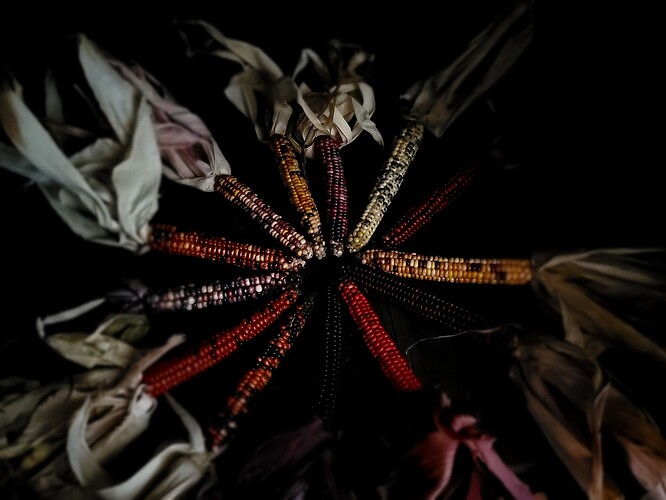Julia D
This is really exciting! Do you thresh the wheat by hand? I’m going to be growing a small patch for a neighbor to make his pizza with (smally, hobby size), let me know if you have any recommendations for wheat varieties or sources. I already got some einkorn, Emmer, forget what else, and a modern soft white wheat to compare in unamended soil. Also I’m reading Restoring Heritage Grains, very interesting to hear that ancient wheats have 1000X more leaf surface area to photosynthesize than modern wheats do.
Mark R
Those peas look very interesting. Quick search revealed two sources for seed. I always try to start a “new to me” crop each season, they might be it for next year.
I wish I could grow grains, especially oats and barley. I know they can be grown in my area but every time I’ve tried the whole crop was ruined by some type of mold in the seed heads.
Christopher W
We planted a few wild peas of Umbria, bought from Great Lakes Staple Seed, but they got lost in the undergrowth and either they’re all gone or we haven’t found them yet. I was looking forward to them, but parts of the garden really got away from us.
Lowell M
@Julia D
There’s a really simple setup you can make to thresh small grains. I’ll try to find a video for it. It works really well for small scale grain growing and I use it to thresh my radish and lettuce seeds as well. The peas I thresh in a 55 galleon drum wacking them against the sides of it with a 2x2 or my arm. It works really well when they’ve very dry.
I would really recommend trying the lofthouse wheat grex if it is still available.
Another fantastic source for grains, and where I have gotten most of mine, is https://greatlakesstapleseeds.com/. They’re closing their facultative listings this Sunday so check them out. They have a mixed colors emmer and a naked seeded einkorn which makes threshing easier so check those out. They also have many of the different species of wheat, like timopheevii, which is supposed to be widely adapted. Basically look through all their listings because they’re all amazing.
Another place to you can get heritage grains is The Kusa Seed Society which is located in California. https://www.ancientcerealgrains.org/ Great Lakes Staple Seeds has some of the Kusa offerings that have done well for them in Michigan.
That book sounds awesome! I’ll have to check it out.
Also, I fall plant all my grains but where you are I’m sure you can spring plant nonfacultative grains.
Video for Thresher: DIY Bucket Thresher for Backyard Wheat Growers - YouTube
Mine is a little different. We put a hole at the bottom of the bucket that the rod fits and a same sized hole in the lid so that the rod and threshing mechanism is stationary. There are other variations on youtube and I’m sure they all work about the same.
@Mark R
Do you know what kind of mold it is? Our weather typically turns very dry all of May and so everything has finished flowering in April and dries down with the following weather of May. This also means I have way fewer mold issues. I plant everything in October/November. I have not had luck with oats or rye. They always wait very late in the season to bloom and by then it is too hot for them to set seed.
Mark R
No, I don’t know what it is. The seed heads just turn black and fuzzy as they start to dry. I harvested some oats one time while they were still green and hung them under the porch and they dried better but were very hard to separate from the little husks and it was even supposed to be the hulless kind.
























